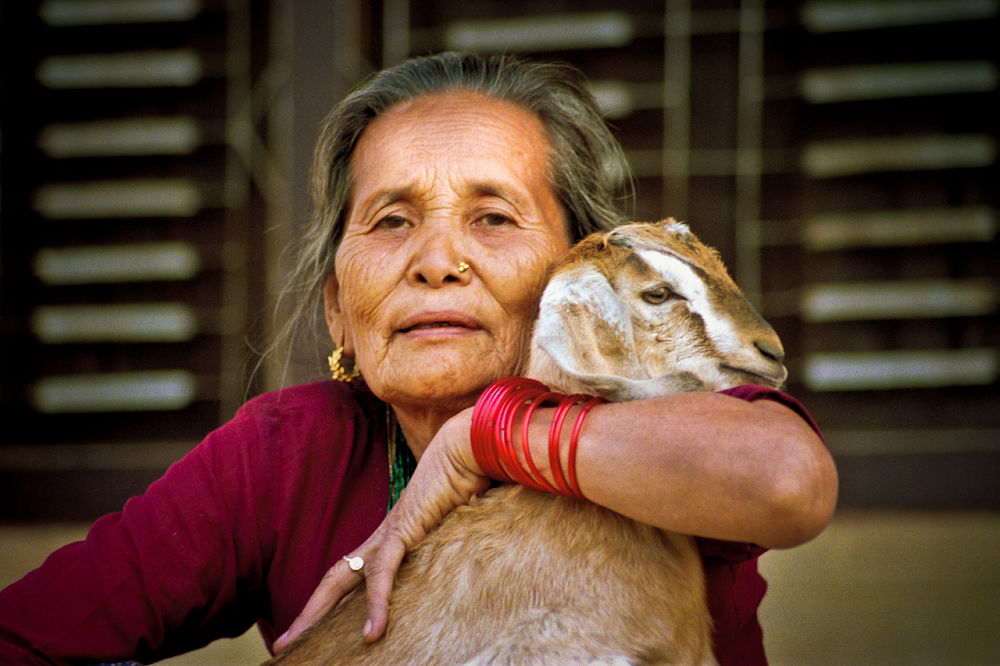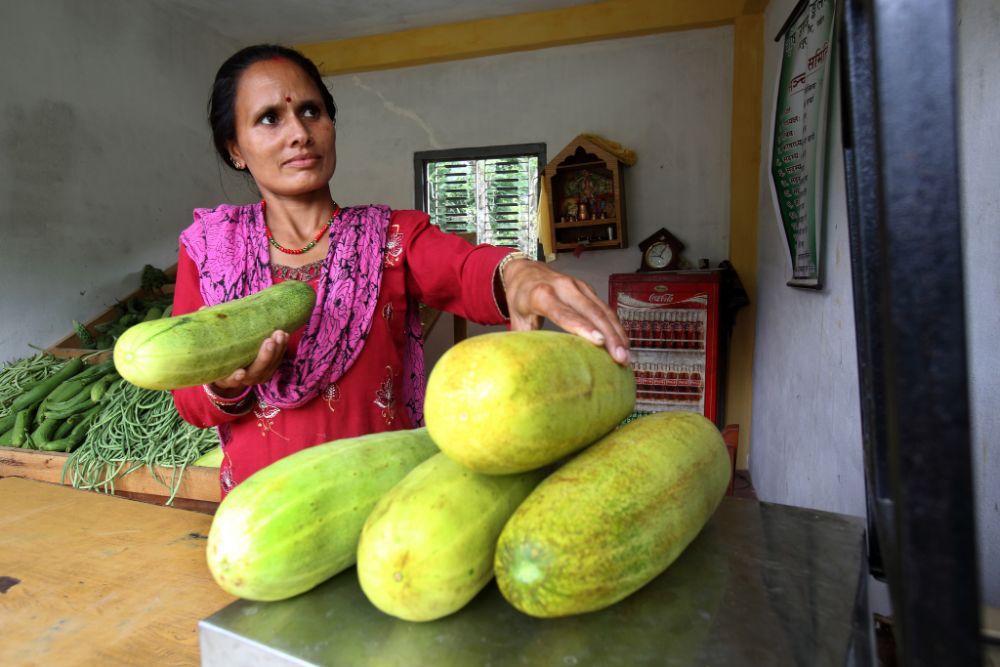People of Nepal
Namasté
The beauty and charm of Nepal does not only come from the mountain scenery. It also comes from its amazing variety of cultures and traditions. Wherever you tread in the mountains, you will pass communities whose traditional culture, religion and beliefs continue to define and shape local life.
Nepal population
Nepal’s population is over 30 million people (2022). Almost half of the people of Nepal live in the Terai, in the south. And most of the rest are spread throughout the country in remote hill villages. Only 15% of the people of Nepal population lives in cities.
Ethnic Groups
Anthropologists divide the people of Nepal into about 60 ‘ethnic groups’. It is a convenient term to encompass various shades of tribe, clan, caste and race. Most ethnic groups have their own language, though almost everyone speaks Nepali as a second language.

Tamang
You will encounter Tamangs, one of the most important groups in the hills, on almost every major trek. Tamangs speak a Tibeto-Burman language and trace their roots back to Tibet.
Ta-mang literally means ‘horse soldier’, and Tamang lore says they migrated to Nepal at the time of Genghis Khan as Tibetan cavalry troops. They practise a form of Tibetan Buddhism but they have no monks, nuns or monasteries.
Visit Tamang villages during trekking:
- Gosainkund Lake Trek (8 days)
- Classic Everest Base Camp Trek (22 days)
- Langtang Valley Trek (12 days)

Newar
The Newar are the historical habitants of the Kathmandu Valley and its surrounding areas.
Newars form a linguistic and cultural community of primarily Indo-Aryan and Tibeto-Burman ethnicities following Hinduism and Buddhism with Nepal Bhasa as their common language.
Visit Newar communities:
- in the Kathmandu Valley

Tharu
The Tharus are thought to be the earliest inhabitants of the Terai (flat lowlands in the south). They are also believed to be descended from either Rajastani Rajputs or the royal clan of Sakya, the Buddha’s family.
Their beliefs are largely animistic, involving the worship of forest spirits and ancestral deities, but they are increasingly influenced by Hinduism.
Visit Tharu communities:

Sherpa
The most famous of Nepal’s ethnic groups is the Sherpas, even though they form only a tiny part of the total population. Often, foreigners are confused and consider porters in general as Sherpas. Which is not correct.
Sherpas are the people of Solu Khumbu and Helambu. Ever since the climbing expeditions of the 1950’s, the Sherpas have been famous for their skills as mountaineers and high-altitude porters.
Visit Sherpa communities in Nepal:
- Everest Base Camp Trek (12 days)
- Classic Everest Base Camp Trek (22 days)
- Everest Circuit Trek (18 days)

Gurung
Throughout the Annapurna region, as well as at major settlements in the east, you will meet Gurungs, a Mongoloid people who trace their ancestry to Tibet.
Gurungs often serve in the Nepal army and police, as well in the Gurkha regiments of both the British and Indian armies.
Visit Gurung villages in Nepal:
- Mohare Danda Trek (7 days)
- Khopra Danda Trek (9 days)
- Annapurna Base Camp Trek (10 days)

Brahman
The Brahmans are the traditional Hindu priestly caste. They are distributed throughout the country in both the Terai and middle hills. They are often businesspeople, landowners, moneylenders and government workers.
Brahmans traditionally don’t eat meat nor do they drink alcohol.
Visit Brahmin villages in Nepal:
- Khopra Danda Trek (9 days)
- Mohare Danda Trek (7 days)

Chhetri
In villages, Chhetris are farmers, but theirs is the warriors caste. They are known for being outstanding soldiers, and a large part of the Nepal army is made up by Chhetris.
The Chhetri clans include the Ranas; the hereditary kings of Nepal.
Visit Chhetri communities in Nepal:
- Poon Hill Trek (5 days)
- Mohare Danda Trek (7 days)
- Khopra Danda Trek (9 days)

Gurkha
The word Gurkhas is a non-ethnic term referring to Rais, Limbus, Gurungs and Magars who have enlisted in the British and Indian armies.
The name is derived from the ancient town Gorkha, near the Annapurna region, which was home of the founder king of Nepal.
Visit Gurkha communities in Nepal:
- Langtang Valley Trek (12 days)

50 more etnicities
And then there are over 50 more ethnicities in Nepal.








